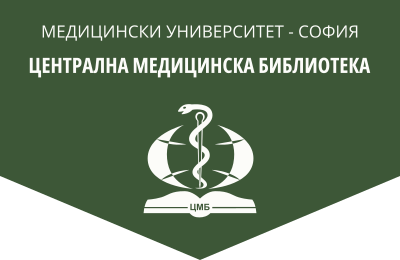Cytogenetic effects of low-dose ionizing radiation in interventional radiological procedures
General Medicine, 2024, 26(3), 23-28.
L. Hadjiiska1, N. Kostova1, A. Staynova1, D. Georgieva1, M. Atanasova1, S. Denchev2, D. Shakir3, H. Hristov3, I. Ivanova1, E. Zaharieva1, R. Hristova1
1 National Center of Radiobiology and Radiation Protection ‒ Sofia
2 Clinic of Cardiology, UMHAT „Alexandrovska“ ‒ Sofia
3 Department of Neurosurgery, UMHAT „Sv. Ivan Rilski“, Medical University ‒ Sofia
Abstract. The medical radiation exposure during diagnostic and interventional procedures affects over 90% of the human made radiation dose. Cardiac catheterizations are a widely used method for diagnosing cardiovascular diseases, which are a major cause of death in European countries and the United States. Vertebroplasty and transpedicular screw fixations are minimally invasive procedures applied in cases of vertebral compression or fracture. These medical procedures are guided under fluoroscopic control. The aim of the present study is to evaluate the cytogenetic effects of ionizing radiation in peripheral blood lymphocytes of patients underwent cardiac catheterization or minimally invasive spine surgery. Dicentrics, chromosomal fragments and total number of aberrations frequency was estimated in peripheral blood lymphocytes of 42 patients before and after interventional radiological procedures. 19 of them underwent coronary angiography and 23 – spinal surgery. A group of 19 healthy individuals from the population were used as a control to compare chromosomal aberrations levels with those in patients group before medical procedure. Our results show that chromosomal aberrations frequency in peripheral blood lymphocytes of patients before the medical procedure is comparable to the same biomarkers evaluated in healthy individuals. The number of chromosomal fragments and the total number of chromosomal aberrations in the patients increased significantly after the both medical procedures (p<0.01). The frequency of dicentrics shows statistically significant increase after cardiac catheterization (p<0.05), however, after spinal stabilization, there was enhancement of dicentrics frequency but without statistical significance (p>0.05).
Key words: ionizing radiation, medical procedures, cytogenetic effects
Address for correspondence: Assoc Prof. Rositza Hristova, PhD, e-mail: r.hristova@ncrrp.org
